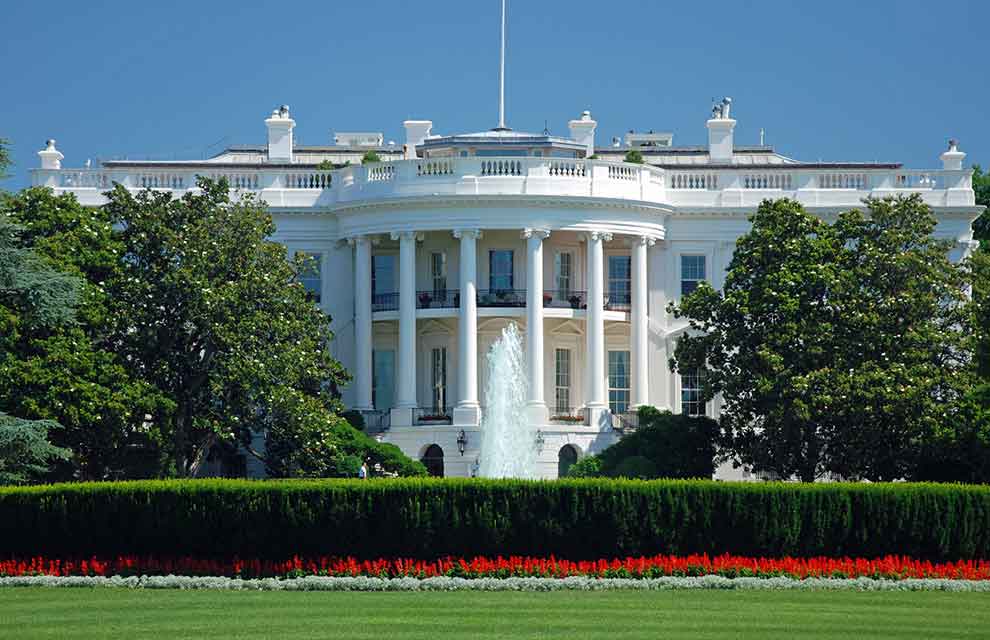RH CPAs’ Teresa Jones, Diana Hardy and Daniel Milan provide commentary on the new US President Joe Biden’s major tax proposals and how they will affect the captive industry
It is well known that in many instances captives can be efficient tools for businesses to finance their risk as well as add profit to their bottom line. The consideration of captives has grown as businesses are evaluating their avenues for retaining risk versus offloading it to a commercial carrier, and in many instances, commercial coverage is just not available.
A major component of risk financing is the tax effect. Given the results of the recent election, it is important to consider the possible effects of proposed tax plans likely introduced by the new Joe Biden administration. There are of course many unknowns, but here are a few components of the plan and their impact.
It is more likely than not, that the Biden plan will have a positive impact on the tax effects of proper risk financing utilising a captive strategy, but a larger exit tax if not properly planned.
US President Joe Biden’s major tax proposals include:
Higher maximum rate: The Biden tax plan, subject to change, may raise the top individual federal income rate on ordinary income and net short-term capital gains back to 39.6 per cent, which was the highest rate prior to 2018.
This one is pretty simple if there was a deduction generated at the 39.6 per cent rate, which in theory generates a larger benefit than if the top rate was lower, assuming the insured is a pass-through entity. Therefore, a deduction by paying a premium to a captive is much more valuable.
Itemised deductions: Biden’s plan would limit itemised deductions to 28 per cent for high income individuals. Referencing a higher maximum rate above, an itemised deduction would save 39.6 cents for each dollar of deductions, under this plan it would be limited to 28 cents.
For upper-income individuals, Biden would reinstate the pre-Tax Cuts and Jobs Act (TCJA) rule that reduces total allowable itemised deductions above the applicable income threshold. Allowable deductions are reduced by 3 cents for every dollar of income above the threshold.
The impact of this change is not as large as some of the other potential changes we will discuss, but basically high-income individuals, some who may own captives will have their itemised deductions limited resulting in a much higher tax bill.
Higher maximum rate on long-term capital gains: Biden will likely be increasing the long-term capital gains and qualified dividend rate substantially. Currently, the maximum capital gain/qualified dividend rate is 20 per cent plus a net investment income tax of 3.8 per cent for a total of 23.8 per cent. On individuals with incomes of over $1 million there would be no advantageous tax rate for long term capital gains (typically long term capital gains and qualified dividends are treated the same, but in the proposed plan this is an unknown). Under the Biden plan, net long-term gains (and presumably dividends) collected by those with incomes above $1 million would be taxed at the same 39.6 per cent maximum rate that is proposed for ordinary income and net short-term capital gains, plus the net investment income tax of 3.8 per cent for a total of 43.4 per cent.
Since the wind down of a captive or a dividend paid out of a captive is typically either a long term capital gain or a qualified dividend (foreign captives which have not made the 953(d) election do not get the qualified dividend rate, and there are myriad other issues for another day) the planning for declaring and paying dividends to owners in years which the owner has an income lower than the threshold amount can yield substantial savings. This planning component will need to be evaluated every year. The major impact is in the wind-down phase. There are many options for winding down a captive in a tax efficient manner, such as re-purposing. An interesting component will be the impact on the personal holding company tax for c-corporations or excess investment earnings tax for a s-corporation, both of which are unknown. As important as exit planning is in the captive formation stage, it will be important to engage the captive’s tax advisors in the feasibility phase.
Higher Social Security taxes for upper-income individuals: Employees pay 6.2 per cent via withholding from paychecks, and employers pay the remaining 6.2 per cent. Self-employed individuals pay the entire 12.4 per cent out of their own pockets via the self-employment (SE) tax, which may apply to passthrough LLCs. In 2021 the ceiling for being subject to this tax is $142,800, therefore wages and earnings in excess of that amount are not subject to the tax. Earnings from s-corporations are not subject to this tax.
The Biden tax plan would restart the 12.4 per cent social security tax on wages and income above $400,000 and likely include earnings from s-corporations if you receive a wage and are an owner.
The effect essentially increases the maximum tax rate on high income owners of pass-through entities from 37 per cent to 39.6 per cent plus another 12.4 per cent for a maximum rate of 52 per cent which makes any deduction for paying a premium much more advantageous and will make captives as a tax-efficient method for financing risks much more attractive.
The arbitrage spread of the maximum individual tax rate of 52 per cent (which is also how passthrough entity owners pay tax) compared to the maximum long term capital gains rate of 43.4 per cent for a difference of 8.6 per cent is not terribly different from the arbitrage spread pre-Biden plan of a maximum rate of 37 per cent compared to the maximum long term capital gains rate/qualified dividend rate of 23.8 per cent for a spread of 13.2 per cent. There is likely to be additional considerations for high income earning individuals who will be subject to this tax to elect to be a c-corporation, if eligible.
The corporate tax rate: In 2018 the corporate tax rate changed from a graduated rate with a maximum of 35 per cent to a flat rate of 21 per cent as a result of the 2017 TCJA. The Biden plan would increase the corporate tax rate to 28 per cent.
The impact on captives would be an increase in taxes paid on the same amount of income. This seems pretty straightforward and simple, however, it also impacts the deferred tax calculations. It will have a positive impact on the surplus/net worth of captives which have a deferred tax asset at the time of tax rate adjustment or a negative impact on the surplus/net worth of captives which have a deferred tax liability at the time of adjustment.
For captives the impact is quite large. Insurance companies have advantageous tax rules such as the ability to deduct reserves prior to the actual loss being paid, which is not allowed in typical non-financial institution business enterprises. For example, assuming a construction company had a workers compensation claim which is likely to be paid over five years, an insurance company/captive can deduct the full amount of the reserve (subject to loss discounting) in the year of the loss. However, if the construction company did not have a captive, they would only be able to deduct the loss as it was paid. There is a major acceleration of a tax deduction by having a captive which is more advantageous at a higher corporate income tax rate.
For captives who make an 831(b) election, the Biden tax plan will be even more advantageous. The 831(b) election is for captives with premiums of $2.3 million or less, indexed for inflation. An insurance company electing 831(b) is taxed on its net investment income at the corporate rate but not on underwriting gains.
Given the increase in tax rates both corporate taxes and passthrough entities the tax effect of this election becomes much greater. For passthrough owners we discussed the maximum rate being 52.4 per cent compared to the previous maximum rate of 37 per cent, therefore the deduction of $1 million dollars of premium results in tax savings of $524,000 compared to $370,000 under the prior rates.
For c-corporations the maximum rate will be 28 per cent compared to the previous rate of 21 per cent, therefore a $1 million of premium results in tax savings of $280,000 compared to $210,000 under the prior rates.
Summary
The tax effect of the proposals will likely result in larger upfront savings by utilising a captive as part of the risk financing strategy of a business who qualifies: this combined with the time value of money effect (a dollar today is worth more than a dollar tomorrow) compounds the tax benefits much more so than the increase in the exit tax, which can be planned around in many situations.




.jpg)
